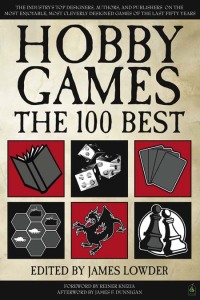 You should read this book. You owe it to yourself. 100 people who make their living creating a variety of gaming products, each of them writing about their favourite game of all time.
You should read this book. You owe it to yourself. 100 people who make their living creating a variety of gaming products, each of them writing about their favourite game of all time.
I’ll give you a taste of the names that are in there.
A foreword by Reiner Knizia. Richard Garfield on Dungeons and Dragons. Gav Thorpe on Hammer of the Scots. Jack Emmert on Warhammer 40,000. Gary Gygax on Metamorphosis Alpha.
I only have two caveats. Let’s get them out of the way.
Depending on the writer, the prose does get a bit dry and/or flowery at times. And of course, every essay is a shameless celebration of the game in question.
The writers, however, are sufficiently different in style from the next, so nothing feels repeated. And the games covered span a variety of genres – you’re certain to find anecdotes about something you’ve played and loved in the past. I, for one, have fond memories of Brittania, which I have played exactly twice. That was fifteen years ago, but now I’m longing to pick up the new edition and get a game together.
Nostalgia, however, is a powerful and dangerous vice. And this tome – clocking in at some 400 pages – is sure to introduce you to some new games as well. The editor, James Lowder, has done a great job at showing the depth and breadth of the creativity inherent to our hobby (he’s also responsible for a brand new companion piece about family games).
The book fits perfect as a piecemeal read. Since the essays are short (three or four pages, at most) you can read them whenever you have a little time, on the way to work, before falling asleep, while waiting for the ink wash to dry.
Hobby Games, The 100 Best was published by Green Ronin in 2007, and can be bought from their webstore. A European alternative is Leisure Games, where I got my copy. I bet Amazon has it too.
As a bonus teaser, check out Matt Tarbit’s visual companion, with all the games’ covers.
This post is nearly two years old, but the book is still as good as when I wrote the review.
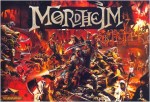

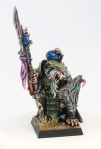
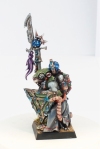
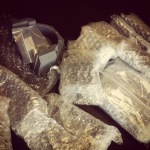

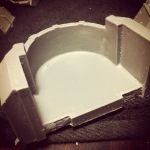
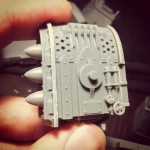
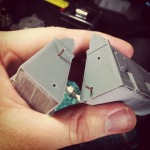
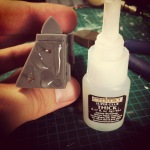
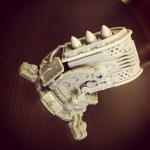
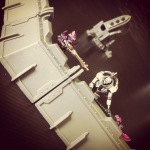
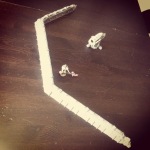

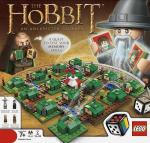

 You should read this book. You owe it to yourself. 100 people who make their living creating a variety of gaming products, each of them writing about their favourite game of all time.
You should read this book. You owe it to yourself. 100 people who make their living creating a variety of gaming products, each of them writing about their favourite game of all time.